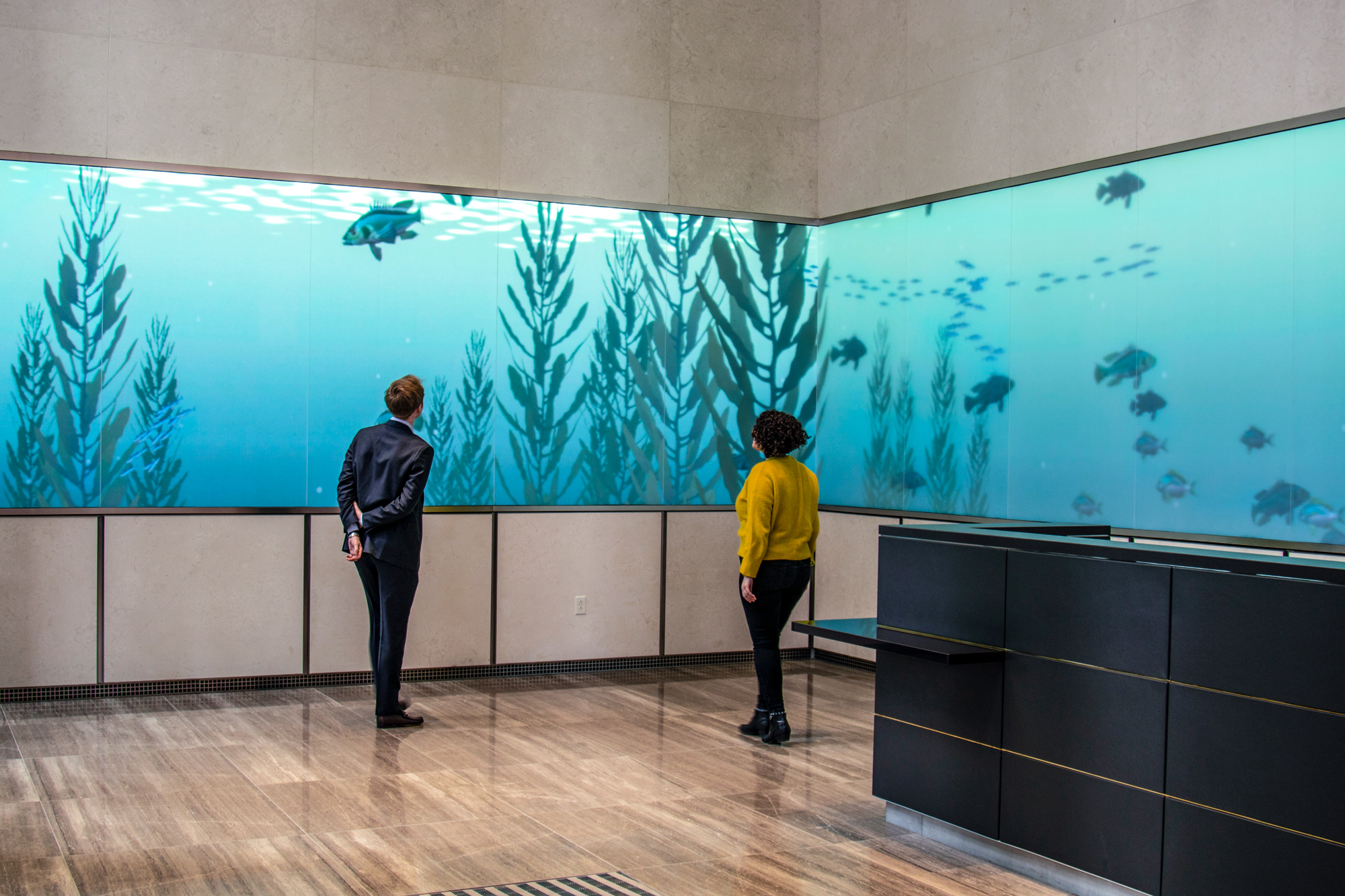Maximizing Visual Effect Through Tactical Content Timing in LED Wall Performance
Wiki Article
Maximizing aesthetic impact throughout light-emitting diode wall performances requires meticulous preparation and strategic content timing. Light-emitting diode screens represent potent tools for visual storytelling, often used during concerts, gatherings, plus displays. The efficacy of these screens relies not only only on the quality of the images yet additionally on how and when they are presented. By comprehending the viewers' focus duration plus the rhythm of the occasion, event planners can create a more captivating encounter that enthralls spectators plus enhances the total show.
One crucial aspect of tactical visual timing is scheduling. It is essential to align the visuals to the rhythm and tempo of the performance. For instance, during a musical show, images should enhance the rhythm and mood of the music. This synchronization helps to forge a unified encounter that pulls the viewers in. Additionally, it is important to take into account the length of each visual segment. Short, impactful clips can maintain audience interest, while longer images may be appropriate for instances of contemplation or sentimental bonding. By altering the duration and vigor of the images, event planners can maintain the viewers engaged during the show.

Another important element is the material in question. The images shown on next page the light-emitting diode wall should be relevant to the theme of the show. This relevance aids to strengthen the narrative being conveyed and renders the encounter more unforgettable for the viewers. For example, if the performance is about environmental awareness, using images that illustrate nature and wildlife can enhance the message. Furthermore, adding dynamic elements, such as motion graphics or interactive visuals, can introduce thrill and keep the audience's attention. The appropriate content, presented at the right time, can significantly elevate the effect of the show.
Viewer engagement is also a key factor in visual timing. Understanding the demographics and preferences of the audience can guide the selection of visuals. For instance, a youthful crowd may react better to bright hues and quick motion graphics, while an mature crowd might value more nuanced and sophisticated visuals. By tailoring the content to the audience's interests, organizers can craft a more tailored experience that resonates with viewers. Additionally, incorporating audience participation, such as live polls or social interactions, can further enhance engagement and make the performance more interactive.
Finally, evaluating the efficacy of the visual timing is crucial for upcoming shows. Collecting responses from the viewers can provide insightful insights into what worked successfully and what could be improved. This information can help organizers refine their strategies and make informed decisions for future performances. By continuously assessing and modifying the visual timing strategy, event planners can maximize the visual impact of light-emitting diode screen performances and create unforgettable encounters for their audiences.